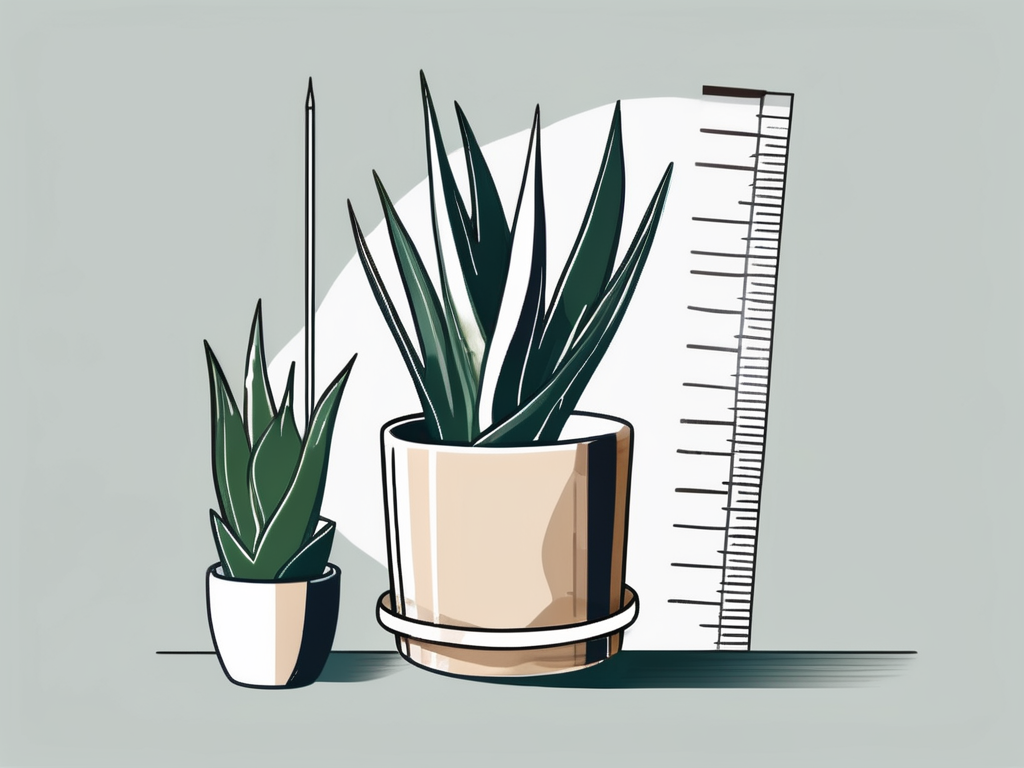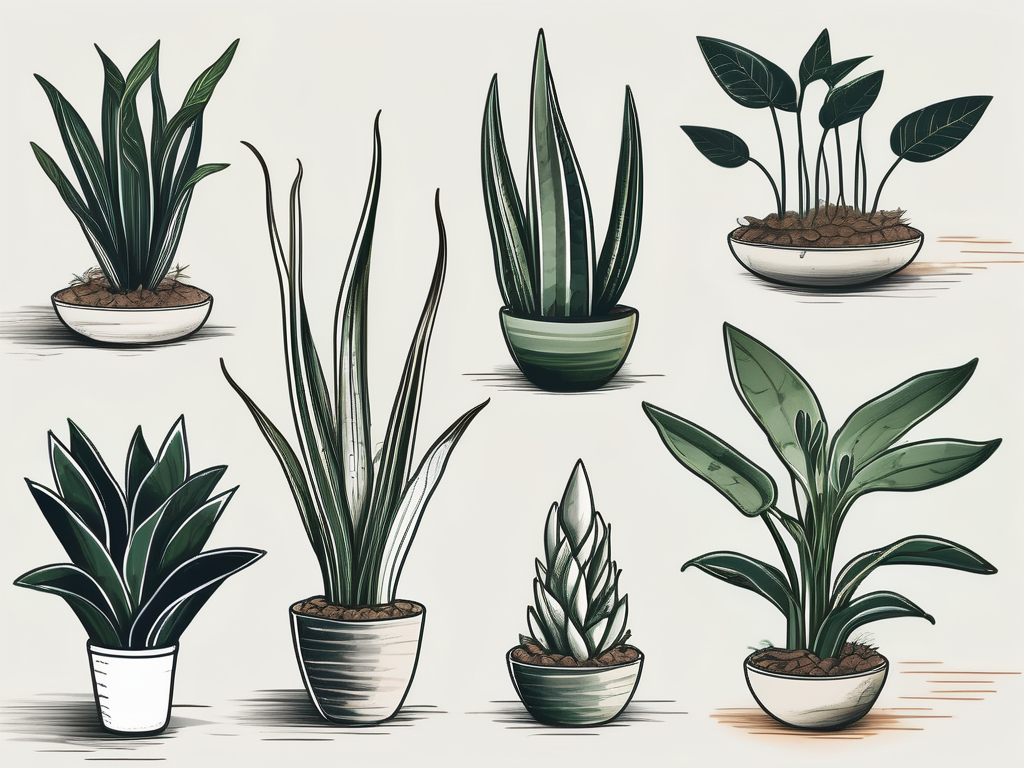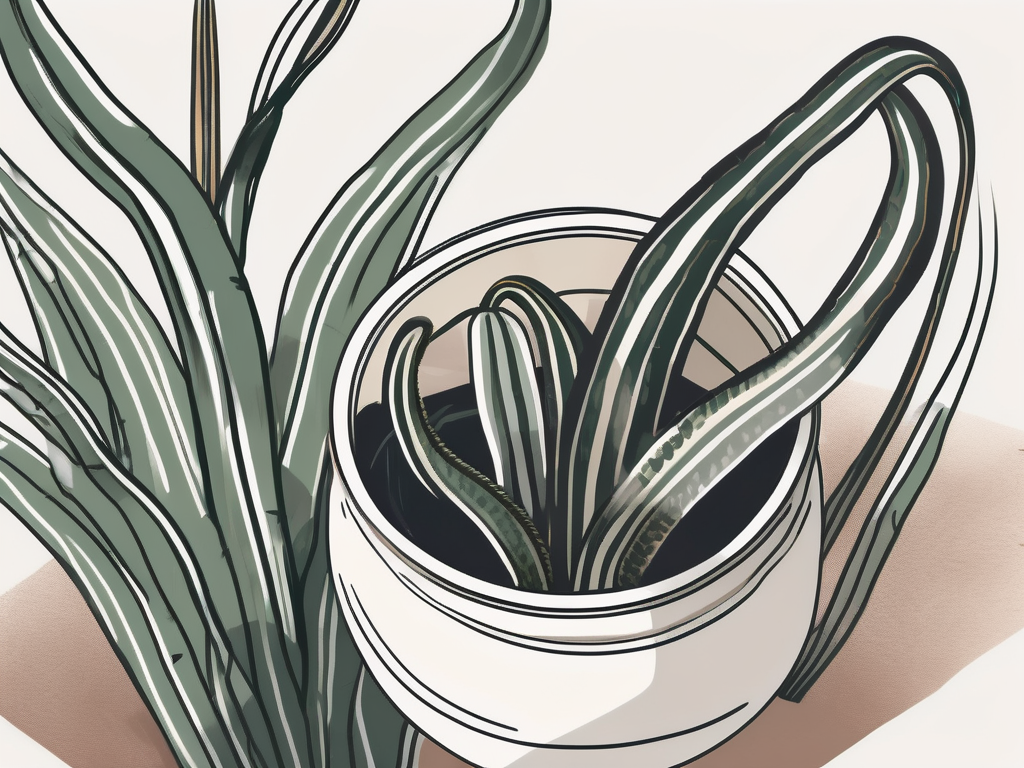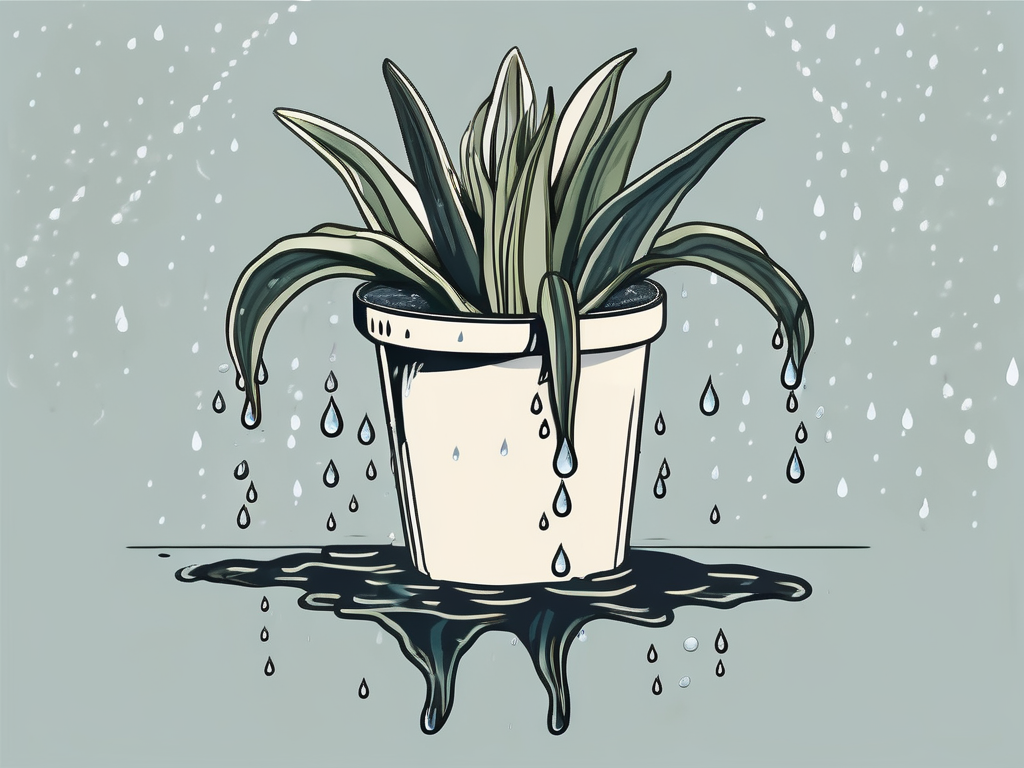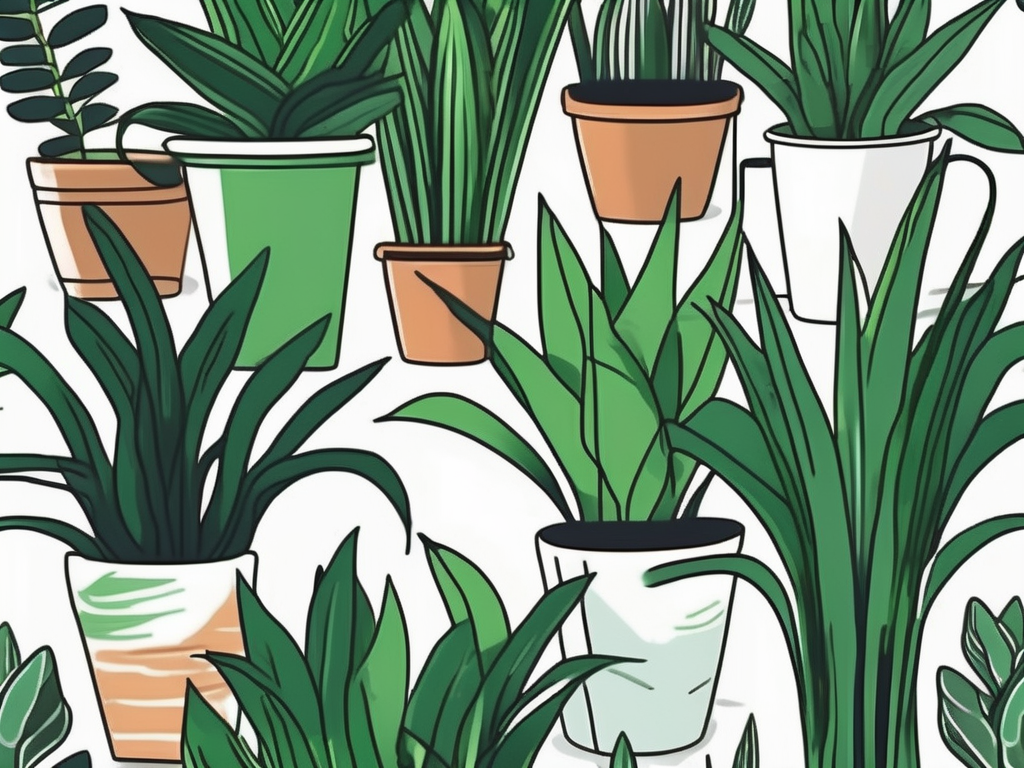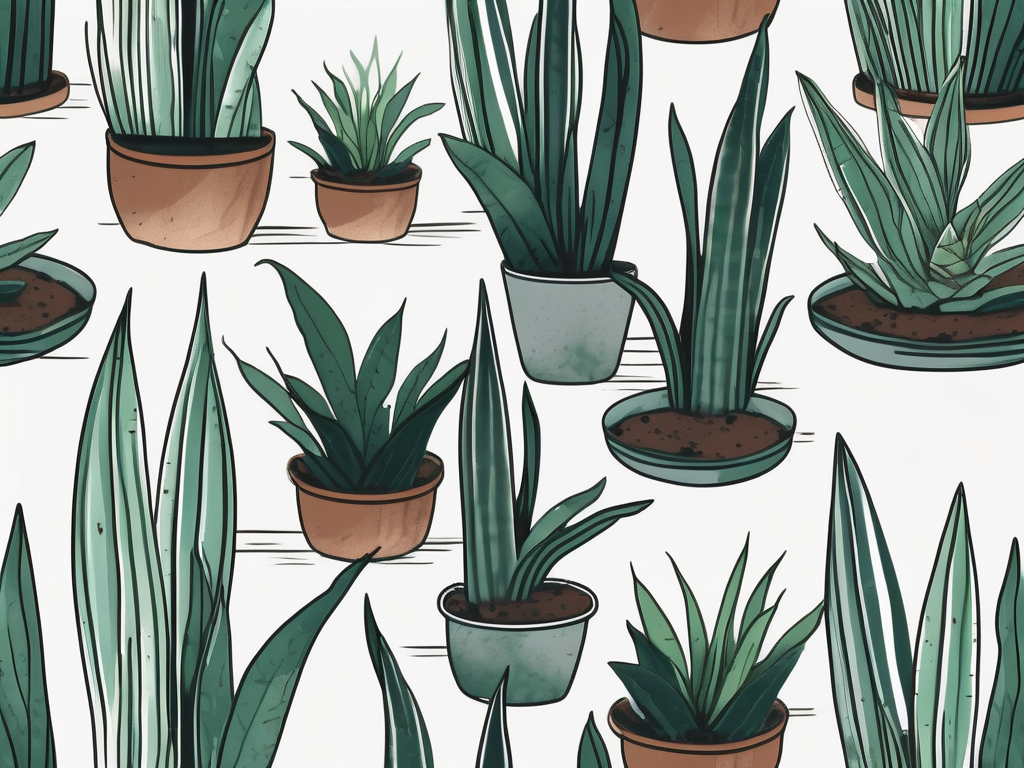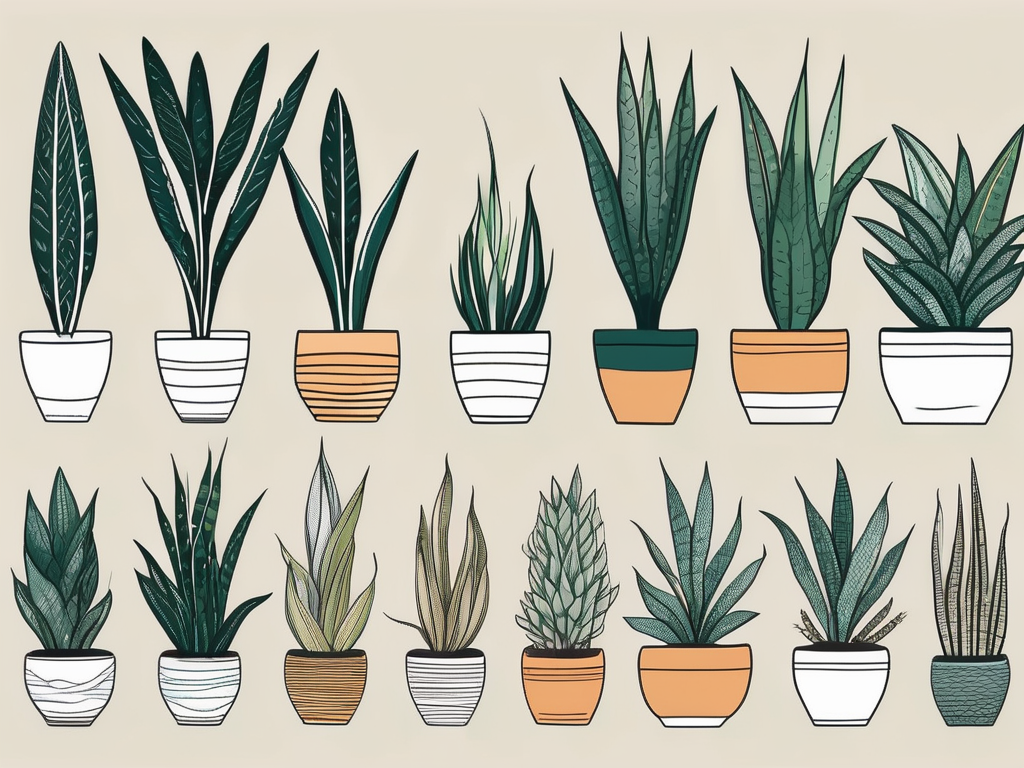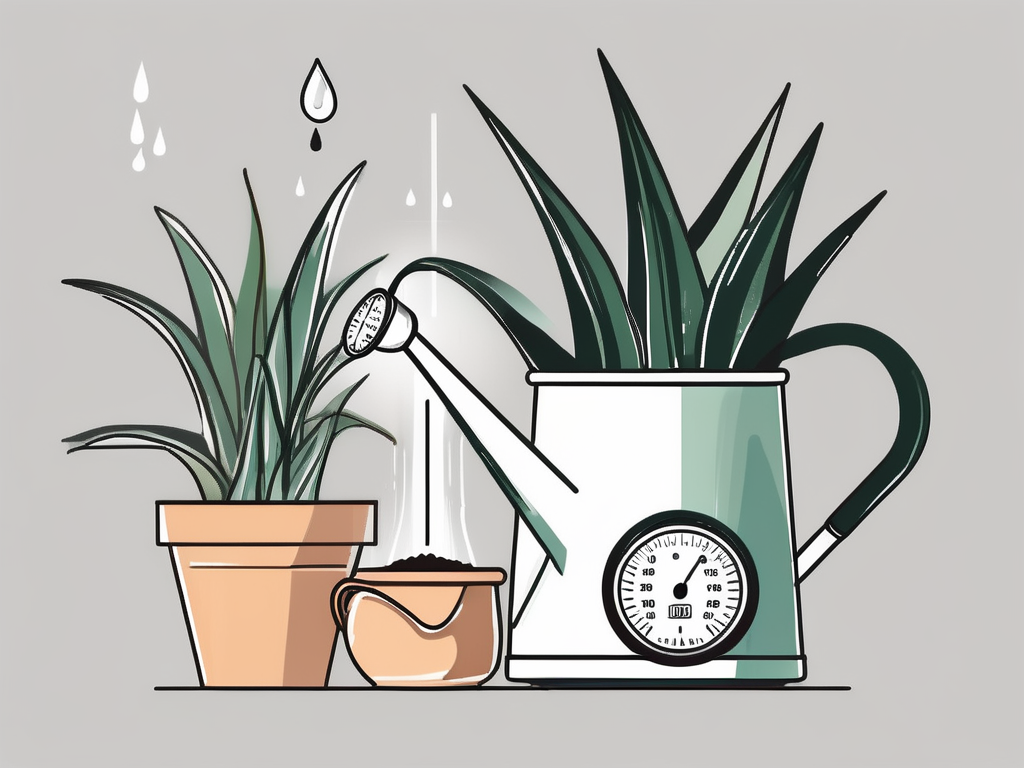
Snake plants, with their striking upright leaves and easy-care nature, have earned a spot in the hearts and homes of many plant lovers. However, one question often pops up: How often should you water a snake plant? This is a crucial aspect of care that can mean the difference between a thriving plant and one that's struggling.
In this article, we'll uncover everything you need to know about watering your snake plant. From understanding its native environment to recognizing signs of over or under-watering, we'll guide you through each step. So, grab your watering can, and let's get started!
Understanding Snake Plants and Their Natural Habitat
Before we dive into watering specifics, it's helpful to know a bit about where snake plants come from. These hardy plants are native to West Africa, where they thrive in dry, rocky conditions. This background gives us a big clue about their water needs—less is more.
Snake plants have adapted to survive in tough environments. They store water in their thick leaves, which means they're quite drought-tolerant. If you're the sort of person who forgets to water your plants from time to time, the snake plant might just be your new best friend. However, this doesn’t mean they can survive without any care. Understanding their natural habitat helps us mimic those conditions at home.
Interestingly enough, the snake plant's ability to withstand drought makes it a popular choice for both beginners and seasoned plant people. It’s forgiving if you occasionally neglect it, but it still rewards you with beautiful, architectural foliage.
Factors Influencing Watering Frequency
So, how do you determine the right watering schedule for your snake plant? Well, it's not a one-size-fits-all answer. Several factors come into play, and understanding these can help you tailor care to suit your plant's unique environment.
- Light Levels: Plants in brighter spots will dry out faster than those in low-light areas. If your snake plant is getting lots of sunlight, it might need water more frequently compared to one in a dim corner.
- Temperature: Warmer temperatures increase evaporation, meaning your plant might drink up its water reserve more quickly. Conversely, in cooler temperatures, you can afford to water less often.
- Humidity: Snake plants are not fans of high humidity. If your home is on the humid side, this can affect how quickly the soil dries out.
- Soil Type: Well-draining soil is essential for snake plants. A soil mix that retains too much moisture can lead to root rot, a common problem for these plants.
- Pot Material: Terracotta pots are great for snake plants as they allow moisture to evaporate more quickly. On the other hand, plastic pots retain water longer.
By taking these factors into account, you can adjust your watering routine to keep your snake plant happy and healthy. It's all about balance!
How Often Should You Water a Snake Plant?
Now, let's get to the heart of the matter: the watering schedule. Generally, snake plants should be watered every 2-6 weeks, depending on the conditions we just discussed. But how do you know exactly when it's time?
A good rule of thumb is to let the soil dry out completely between waterings. To check, stick your finger about an inch into the soil. If it feels dry, it’s time to water. If it still feels moist, wait a few more days.
This "finger test" is a simple yet effective way to avoid over-watering. Remember, it's much easier to recover from under-watering than from over-watering, which can lead to root rot.
Another tip: observe your plant. If the leaves start to droop or wrinkle, it might be thirsty. On the flip side, if the leaves are mushy or yellowing, you might be giving it too much love with that watering can.
Signs of Over-Watering and How to Fix It
Over-watering is the number one enemy of snake plants. They prefer their soil on the dry side, so it's easy to give them too much of a good thing. Here are some signs that you might be overdoing it:
- Yellowing Leaves: This is often the first sign. If your snake plant's leaves are turning yellow, it might be time to scale back on the water.
- Mushy Leaves: When the leaves feel soft or mushy, it indicates that the roots are sitting in water for too long.
- Root Rot: This is a more severe sign of over-watering. You might notice a foul smell, along with black, mushy roots.
If you suspect over-watering, don't panic. Here's how to fix it:
- Stop watering immediately and let the soil dry out completely.
- Check the drainage. Make sure your pot has drainage holes and that the soil is well-draining.
- If root rot is present, consider repotting your plant. Remove any affected roots before replanting in fresh, dry soil.
By keeping an eye on these signs, you can ensure your snake plant stays healthy and vibrant.
Under-Watering and How to Spot It
While snake plants are drought-tolerant, they can still suffer from under-watering. Here are some signs that your plant might be a bit parched:
- Wrinkled Leaves: If the leaves start to wrinkle or curl, it's a sign that your plant needs a drink.
- Brown Tips: Dry, crispy tips can occur when the plant isn't getting enough water.
- Slow Growth: If your snake plant isn't growing at all, it might be due to lack of water.
To remedy under-watering:
- Water your plant thoroughly, ensuring that the water reaches the roots.
- Consider increasing the frequency of watering, especially if the air is particularly dry.
- Adjust your routine based on the plant's response. If it perks up after watering, you're on the right track!
Balancing the watering needs of your snake plant takes a bit of practice, but soon you'll be able to read its cues like a pro.
The Best Watering Techniques for Snake Plants
Watering a snake plant isn't just about frequency; the technique matters too. Here are some methods to ensure your plant gets the best care:
- Bottom Watering: This method involves placing the pot in a tray of water and allowing the plant to absorb moisture from the bottom. It helps prevent over-watering and ensures even distribution.
- Top Watering: When watering from the top, make sure to water until it drains from the bottom. This ensures the entire root ball gets hydrated.
- Avoid Wetting the Leaves: Snake plants prefer dry leaves, so try to water directly into the soil, avoiding the foliage.
By experimenting with these methods, you can find the one that works best for you and your plant. After all, a little trial and error is part of the plant care journey.
Seasonal Changes and Watering Adjustments
Just like us, snake plants have different needs as the seasons change. Understanding these seasonal shifts can help you adjust your watering routine accordingly:
- Spring and Summer: During the growing season, your snake plant might need more frequent watering. Check the soil more often and adjust as necessary.
- Fall and Winter: In the cooler months, growth slows down, and the plant requires less water. Reduce watering frequency, allowing the soil to dry out more between waterings.
Keeping an eye on the seasons helps ensure that your snake plant receives the right amount of water throughout the year. This adaptability is one of the reasons snake plants are such a joy to care for.
Common Mistakes and How to Avoid Them
Even the most attentive plant parents can make mistakes. Here are some common pitfalls when it comes to watering snake plants, along with tips on how to avoid them:
- Using Cold Water: Snake plants prefer room-temperature water. Cold water can shock the roots, so let your water sit out for a while before using it.
- Ignoring Drainage: Always ensure your pot has drainage holes. Without them, water can accumulate at the bottom, leading to root problems.
- Being Inconsistent: Regularity is key. Try to stick to a schedule to avoid over or under-watering.
By being mindful of these common mistakes, you can provide your snake plant with the care it needs to thrive.
Creating the Perfect Environment for Your Snake Plant
Beyond watering, consider the overall environment your snake plant is living in. Here are a few tips to create the perfect home for your plant:
- Optimal Light: While snake plants can tolerate low light, they do best in bright, indirect light. Find a spot where they receive plenty of natural light without direct sun.
- Temperature Control: Keep your plant in a spot where temperatures remain between 60-80°F (15-27°C). Avoid placing it near drafts or heating vents.
- Humidity Levels: Snake plants prefer drier environments. If your home is humid, consider using a dehumidifier or placing the plant in a well-ventilated area.
By taking these factors into consideration alongside watering, you'll create a nurturing space where your snake plant can truly thrive.
Final Thoughts
Watering a snake plant is all about balance and observation. By understanding its natural habitat and keeping an eye on the conditions in your home, you can ensure your plant stays healthy and happy. Remember, a little attention goes a long way in making sure your snake plant thrives.
At Cafe Planta, we love sharing our passion for plants. Whether you're looking for a new addition to your collection or some plant-themed apparel, we've got you covered. If you have questions or need advice, feel free to email us or drop us a message on Instagram. We're here to help you connect with nature and make your home a green oasis!

















